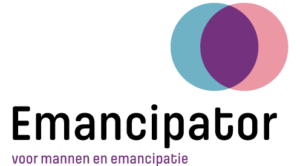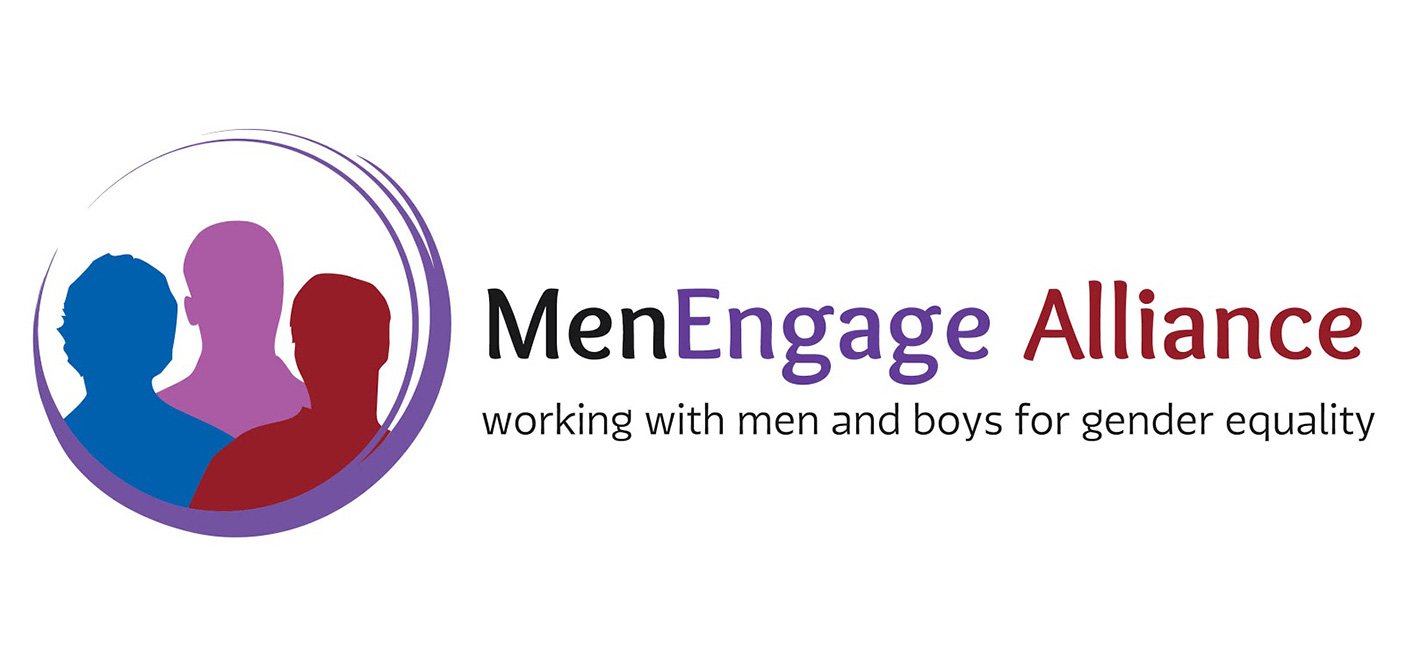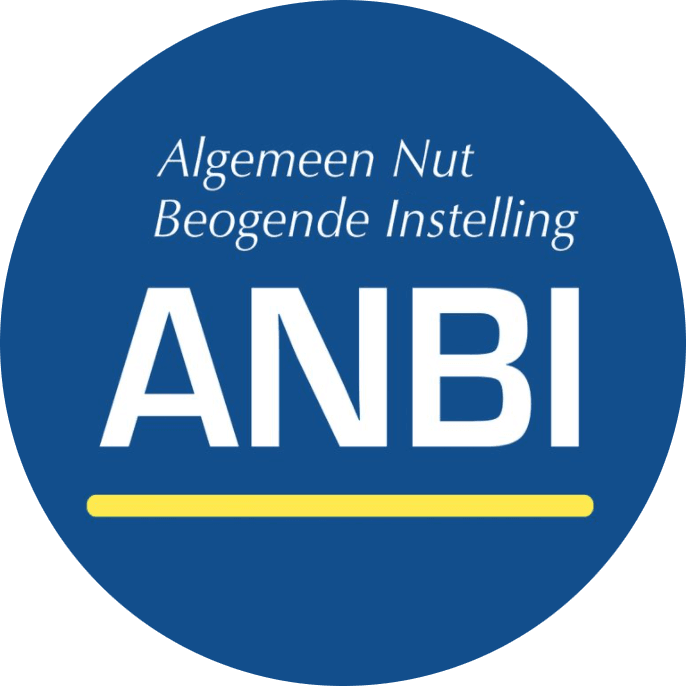Process facilitation as a feminist practice
Jens van Tricht, 2023
—
“Process facilitation is a gender transformative and feminist practice!” It was with this conclusion that I finished Genuine Contact’s Working With Open Space Technology training a few years ago. And for that reason, from the beginning, with Emancipator, we wanted not only to bring an innovative perspective with our work but to also do our work in an innovative way.
I recently sat in two long meetings, one lasting four hours, the other no less than five hours. They were actually two shorter meetings in a row, as they were planned, but in terms of content and participants they flowed into each other so in practice we just sat in meetings for four and five hours in a row. Without a check in. Without a break, at least if I hadn’t asked for one at some point. We just buffeted along, from our heads, with all the important topics. As human beings, we didn’t get much, if any, attention in these meetings. “Mind-numbing, energy-draining and life-depleting,” I noted down.
I realized then that I really don’t want this anymore, that it’s not good for me, that things have to be different and can be different.
From head to heart and soul
During the training “Training with Heart and Soul,” I learned that the largest and most important part of our communication is non-verbal communication. Body language, intonation, etc. determine whether and how our message comes across. What we do is more important than what we say, which is also evident in raising children, for example. But still, we often revert to mainly verbal communication, words words words, on paper, on a screen, spoken or written, but words everywhere, especially speaking to our heads. And if something goes wrong in communication, we also often try to solve it by saying the same thing again, but in different words, or through a different medium. What we often overlook is the relationship: with ourself and with others. While that is where everything happens that determines how we interact with each other and how we shape the world together.
Transforming masculinities
How we meet, conference, collaborate, talk to each other, etc – it’s all important to the change we want to see in the world. It’s not right if we do all those things in patriarchal ways while we are trying to dismantle patriarchy. We have to be careful to reproduce traditionally masculine ways of doing things while trying to question and transform traditional masculinity.
Meetings with “talking heads” and “power-to-the-point” are old politics. Sometimes we need that, to be taken seriously, because we do not yet know how to make our points in a different way, because this is what we are all used to. But even when we give the stage to “unusual suspects” and give a different perspective than usual space to present, the underlying process is often actually old wine in new bags.
By choosing, as organizers, who gets the stage, who gives a presentation, who is on a panel, who gives a workshop, etc., we determine what and who is important, or should be. But what happens when we leave it up to visitors and participants themselves? If they can determine what is on the agenda, if they can choose what they want to spend their time and attention on and what contribution they are willing and able to make?
Whole humans
This is about several things at the same time. It’s about the message, for us the message of transforming masculinities, men’s contribution to gender equality and what men themselves have to gain from that. And it’s about the organization of meetings, process design, how do we organize it, what choices do we make, and to what extent do we break old patterns with that? And it is about the way of coming together and working together, process facilitation, how we facilitate human interaction.
A good meeting appeals to many different people, addressing people in their completeness as human beings. We are not only head, we are heart, belly, hands, feet. We are mind, feelings, body, inspiration. We have different learning styles, and we need them all. Analysis, experience, reflection, being taken by the hand. We are rational, creative, visual, auditory, sensitive, spiritual. We have a left side brain and a right side brain. You could also say, we have a masculine and a feminine side. But in the end, we are mostly human, including everything. We want to be seen as a human, addressed, engaged. We need our human potential to create good solutions for complex issues. The problems that have come from too much masculinity, too much reason, too much abstraction, too much theory, cannot be solved by even more masculinity, even more reason, even more abstraction, even more theory. If you do what you always did, you get what you always got. A problem can never be solved at the same level of consciousness that created it.
At Emancipator, we always start our meetings with a check in: how are you right now? What do you take away from what you have experienced before, what is perhaps already occupying you from what is to come, what is good to share in order to be really present in the here and now? Then we try to communicate creatively, alternately, interactively with each other, pay attention to the process, use different forms of work, incorporate sufficient breaks, alternate plenary work with duos or small groups, and take signals from participants seriously. If one person needs to go to the bathroom, or is distracted, or tired, that usually applies to more people. In Genuine Contact, this approach is called Whole Person Process Facilitation.
Of course this is not perfect, it is a road of trial and error. What is clear is that it is a path we want to take, that we must take if we really want to change anything. If we want to put people above things, if we value relationships over performance, if we believe that a good process ultimately leads to a better result.
Emancipator brings not only an innovative perspective – transforming masculinities as an essential contribution to gender equality – but also an innovative way of working. We don’t just want to work for a change that should take place later, elsewhere, outside ourselves, but to make that change exist in the here and now. You can read more about how we live that change here.


